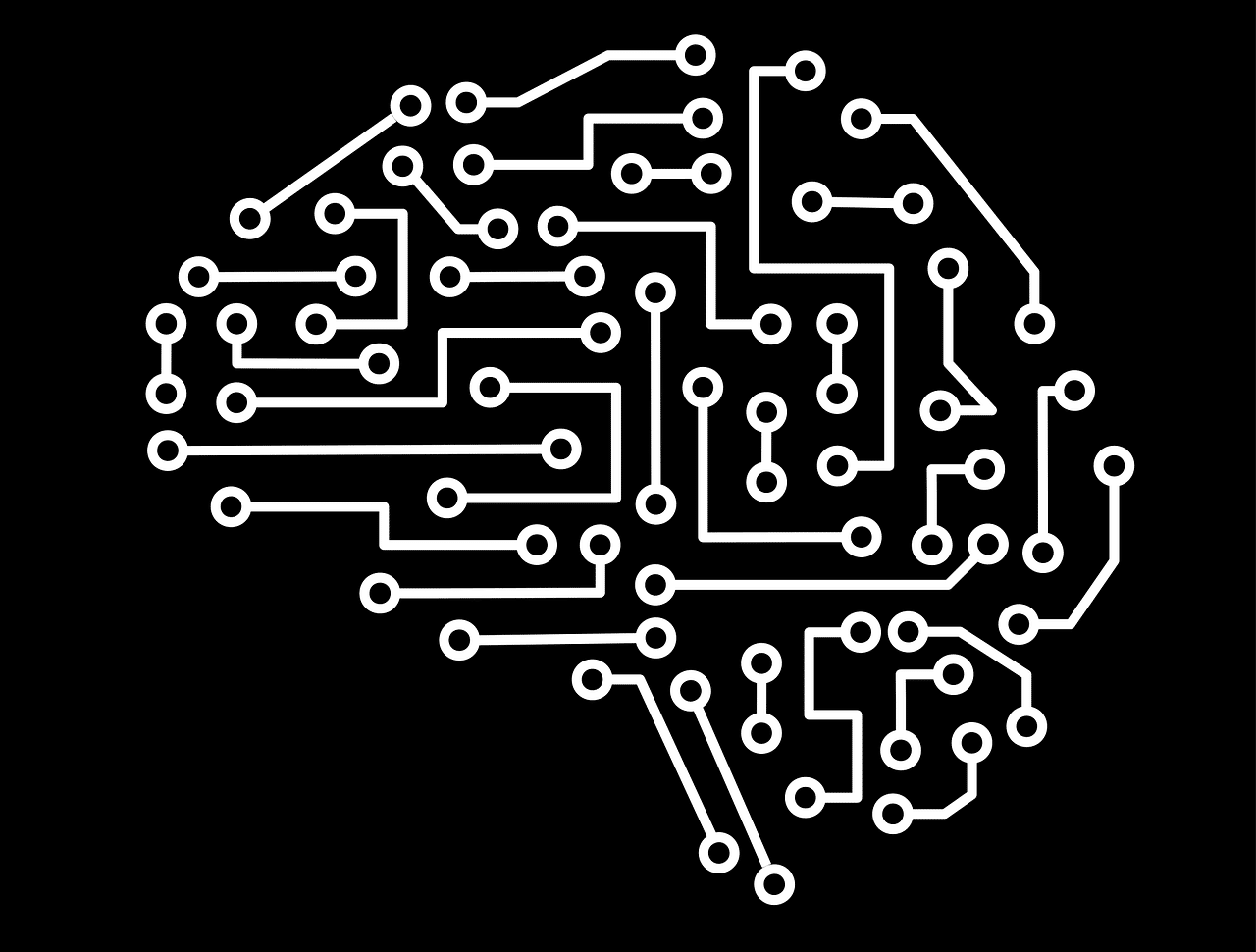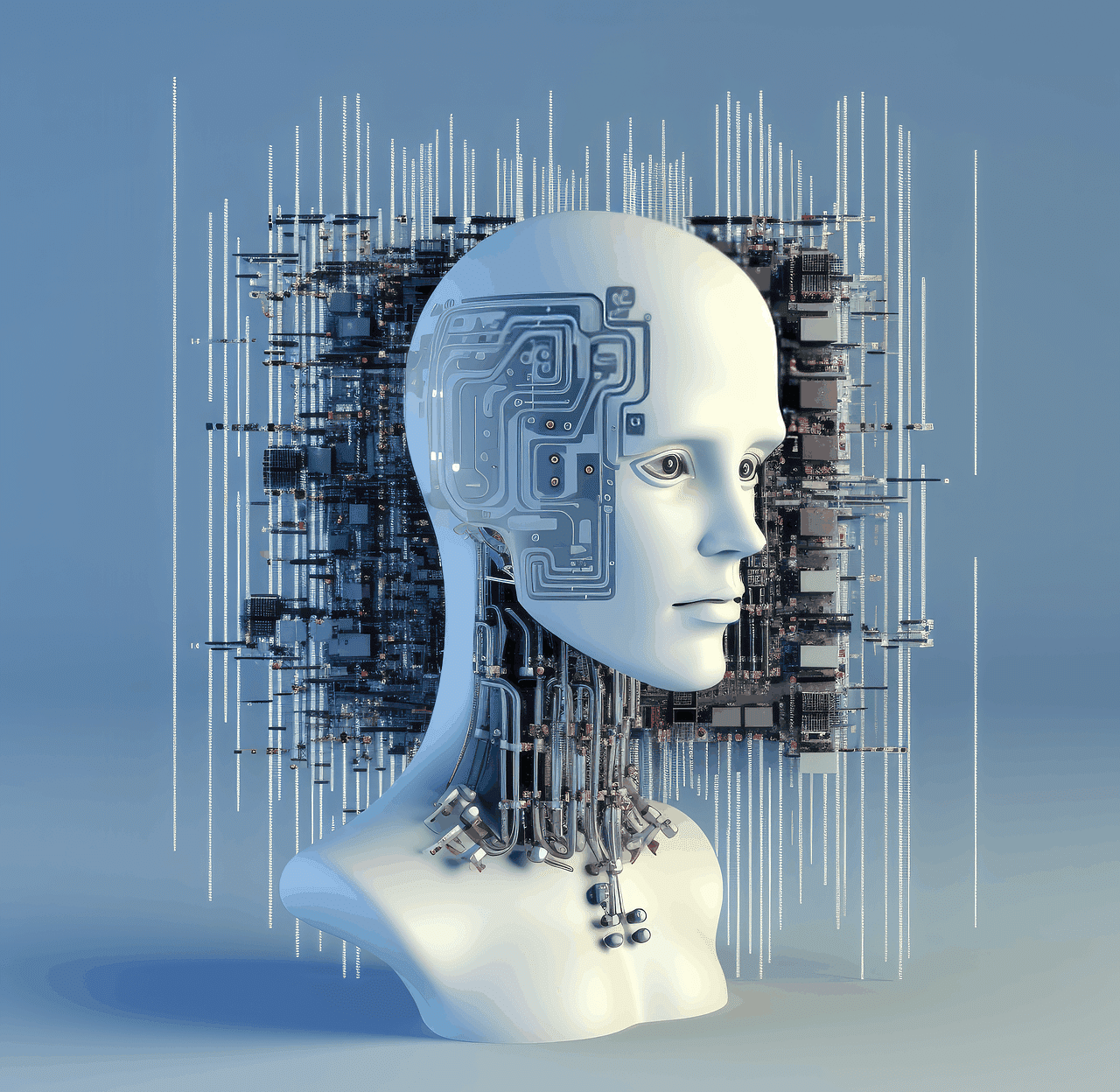
Deep learning is part of machine learning, an area of artificial intelligence.
Deep learning is a type of machine learning based on the creation of algorithms that allow a system to learn through artificial neural networks . It is based on the use of multiple processing layers to promote pattern recognition .
Before continuing, it is essential to analyze several concepts. An area of artificial intelligence focused on the development of techniques so that computers can learn from their experiences is called machine learning .
Artificial intelligence is built with algorithms: finite and ordered instructions for performing a calculation or processing data. Returning to the idea of deep learning, the algorithms aim to train the system to carry out certain tasks in a way similar to that of people, learning from mistakes and advancing in a process of continuous improvement.
With this objective, deep learning uses neural networks : groups of nodes (computer program modules) that are interconnected, sending and receiving signals to process information. Thus, the system is not supplied with predefined equations for the organization of the data, but rather a configuration of the basic parameters is carried out and the computer is instructed to learn to recognize patterns.
History of deep learning
The history of deep learning is associated with the creation of artificial neural networks. Walter Pitts and Warren McCulloch were the ones who, in the 1940s , released a study about how the human brain generates highly complex patterns through the interconnection of neurons . These scientists established a comparison between brain cells and Boolean logic, creating a computer model where the processing unit is based on algorithms to imitate neuronal behavior.
Starting from the research of Pitts and McCulloch , various approaches to approaching neural networks were developed: while one trend aimed at the processes of biology, another was aimed at applying these precepts to the development of artificial intelligence.
The perceptron - an artificial neuron devised by Frank Rosenblatt in the 1950s -, backpropagation proposed by Paul Werbos in the 1970s and the training of algorithms postulated by Yann LeCun in the 1980s contributed to the advancement of neural networks .
Deep learning, in this context, was promoted especially in the 21st century , when computing power increased and available data grew (the notion of big data appeared). A protagonist of this expansion was Geoffrey Hinton , responsible for architectures and algorithms such as Boltzmann machines and convolutional neural networks .
Starting in 2010 , deep learning was enriched with the so-called deep neural networks that multiplied the applications. In this way, natural language processing, computer vision and pattern recognition were optimized to identify images, for example.

Optimizers make it possible to update the values of the parameters used in deep learning.
Types of learning
Deep learning, as we already indicated, refers to deep machine learning. The learning that a neural network can do (which, after all, is software) requires training.
To train a system, it is told to process large sets of data , both labeled and unlabeled. The neural network, in this way, acquires precision from the examples it processes.
In unsupervised learning , the model adapts based on observations. The neural network discovers underlying patterns from unlabeled data, therefore acting without direct supervision.
In supervised learning , on the other hand, the scientists themselves provide the correct answer in advance when they enter the data. What the neural network does in this case is add knowledge before starting to predict results by examining data that had not been previously processed.
The notion of reinforcement learning , meanwhile, consists of training the program so that, based on a methodology similar to that of trial and error that people do, it makes decisions in pursuit of the correct results.

By exploiting already trained neural networks, deep learning can take advantage of transfer learning.
Uses of deep learning
Deep learning is a field that is in full development. However, this resource is already used in numerous processes and techniques.
- Image recognition : Thanks to deep learning, a system can describe scenes and add subtitles to a film. Image recognition is also important in self-driving vehicles that are equipped with 360º cameras.
- Speech recognition : Virtual assistants like Siri and Alexa; software such as Skype; consoles like Xbox ; and various chatbots use deep learning to recognize users' voice patterns, which is referred to in English as speech recognition .
- Natural language processing : As a specialization of data mining , this type of processing can find patterns in information reports, medical content or even customer complaints.
- Recommendation systems : Platforms such as Netflix and Spotify offer personalized recommendations thanks to deep learning as they learn from the interests and preferences shown by users in their browsing habits.
